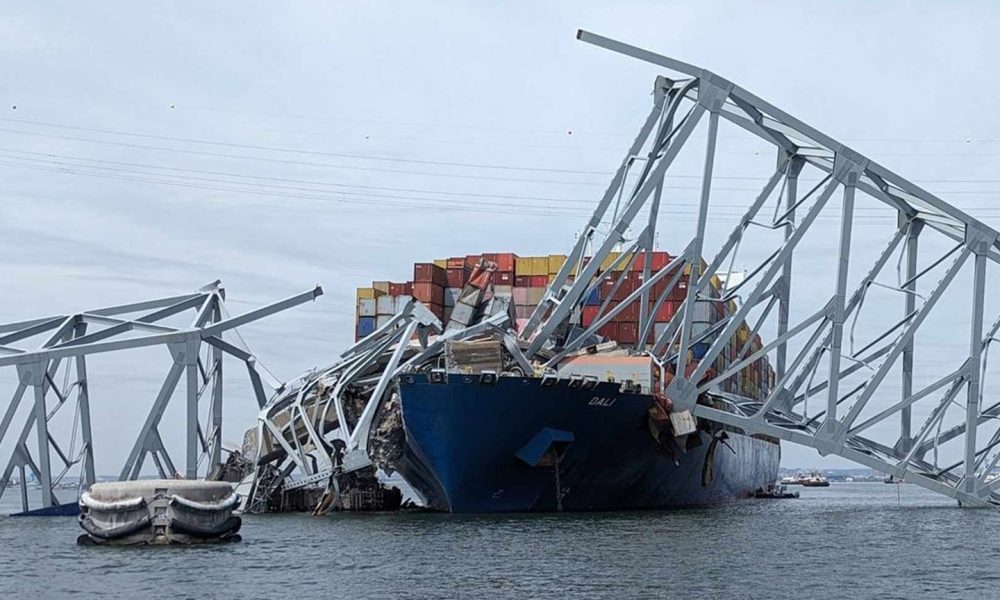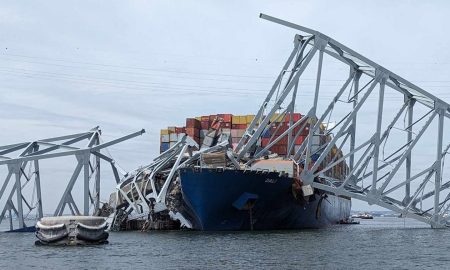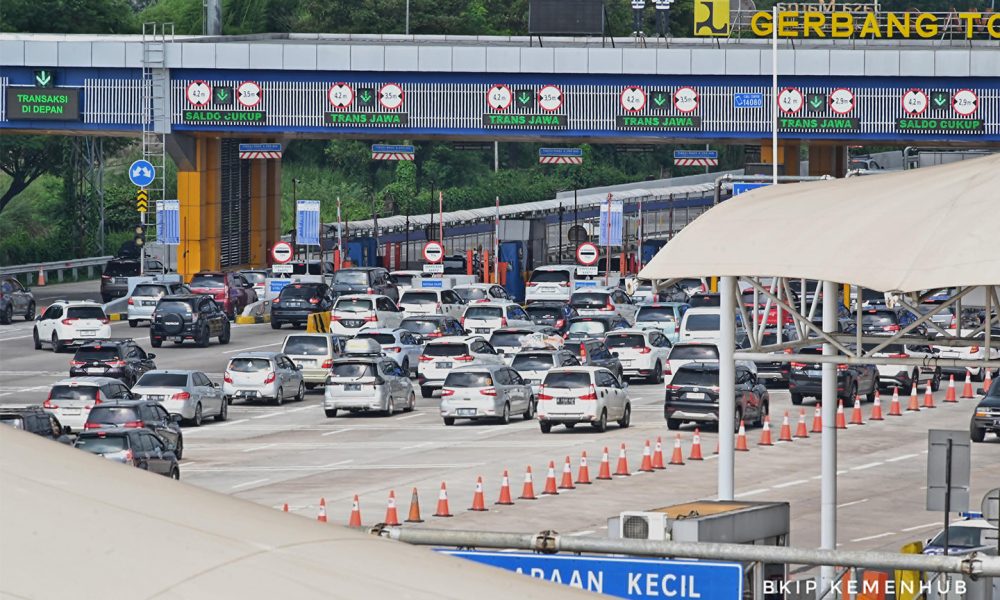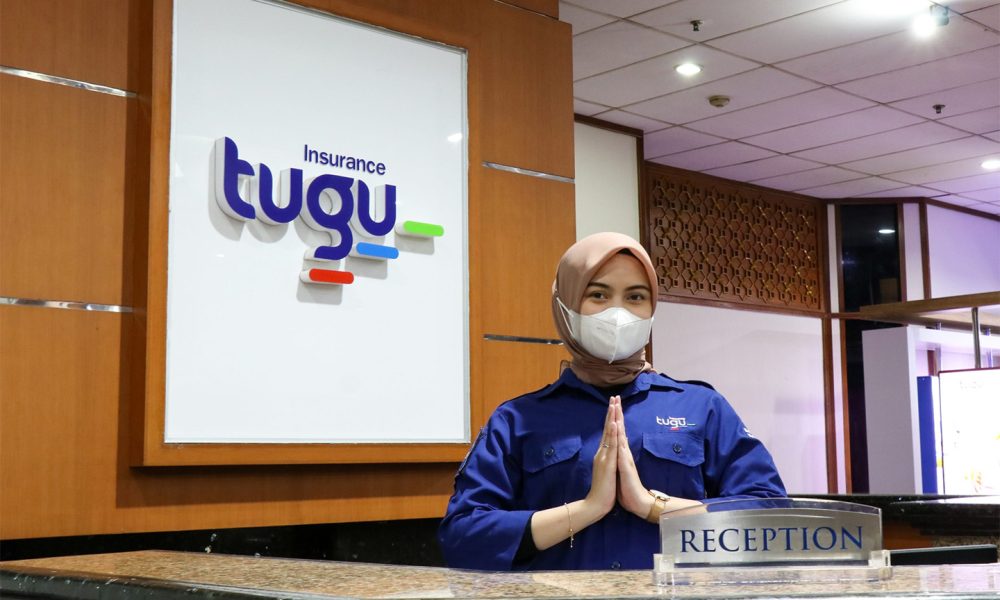Liga Asuransi – Dear risk takers, how are you? I hope your business is running well as expected.
As always, this blog focuses on risk management and insurance. This time we will explore the hardening insurance market the insurance industry faces.
If you are interested in this article, please share it with your friends so they can understand as much as you do.
You may know the current insurance market conditions have left customers, brokers, and insurers grappling with emotions. The challenges of reduced capacity acceptance, prolonged placement processes, rejection from insurers, limiting co-insurers, and declining tariffs have resulted in frustration, stress, and uncertainty. Navigating these hurdles requires resilience, creativity, and adaptability as the industry seeks to balance this ever-evolving landscape.
Before the market hardening, insurance brokers could rely on insurance companies to accept a substantial percentage of shared risks, making placement relatively straightforward. However, with capacity acceptance slashed to a mere 10% on average, brokers now scramble to secure coverage for their clients. What was once a swift process now takes an excruciatingly long time, often exceeding a month, as brokers must approach numerous insurance companies to cobble together sufficient coverage.
The emotional expression of the situation can be described as a “big headache” for most brokers. The stress and anxiety of facing rejection from insurers after putting in considerable effort to secure coverage weigh heavily on their shoulders. The frustration is further compounded by clients who push for comprehensive coverage but are hesitant to pay the extra premium demanded by the current market conditions.
Domestic reinsurers also add to the brokers’ plight by imposing limiting conditions. One peculiar restriction is capping the number of co-insurers to at most eight members. This decision creates a perplexing scenario where insurers may only accept a 10% co-insurance share, and with the limit of eight members, the total capacity ends up being only 80%. This leaves brokers needing help with how to cover the remaining balance.
The brokers’ attempt to seek international reinsurance market options is met with skepticism and questions from the market. “Where have you been?” and “Why did you suddenly approach us after these years?” echo the frustrations of the brokers focusing on maximizing local capacity for the past decade. The tariff war initiated in the Indonesian insurance market to maximize local capacity led to tariffs continuously plummeting, making it harder for brokers to secure reasonable rates for their clients.
The COVID-19 pandemic dealt a severe blow to the local reinsurance capacity, exacerbating the woes faced by insurance companies that suffered substantial losses, especially due to trade credit and financial risk losses.
UNDERSTAND THE INSURANCE CAPACITY HARDENING
Insurance Capacity Hardening
Insurance capacity hardening refers to a condition in the insurance market where the availability of insurance coverage decreases, and insurance carriers become more cautious and conservative in underwriting risks. In simpler terms, insurance companies are less willing to provide coverage for certain risks or charge higher premiums to insure those risks.
Hard Markets
A hard market is a term used to describe a phase in the insurance industry where insurance coverage is limited and insurance carriers are more stringent in their underwriting practices. During a hard market, insurance premiums increase, and coverage options become more restricted. Policyholders may need help to obtain insurance or might have to pay higher premiums for the coverage they need.
Factors Contributing to Insurance Capacity Hardening and Hard Markets
Several factors can contribute to the insurance market entering a hardening phase, including but not limited to:
- Increased Frequency and Severity of Losses
When insurance companies experience higher and more expensive claims payouts due to natural disasters, large-scale accidents, or other catastrophic events, it pressures their financial stability. As a result, carriers become more cautious and raise premiums to mitigate potential future losses.
- Low Investment Returns
Insurance companies often rely on investment income from their premium reserves to offset claims payouts. If investment returns are low due to economic conditions, insurers might seek to offset those losses by increasing premiums.
- Reinsurance Market Conditions
Reinsurance is the insurance that insurance companies buy to protect themselves from catastrophic losses. If reinsurers increase prices or reduce available capacity, primary insurers might pass those costs on to policyholders.
- Regulatory Changes
Changes in insurance regulations can impact insurers’ financial requirements and capital reserves, leading them to reevaluate their risk exposure and pricing strategies.
- Long-Term Under-pricing
Insurers may engage in aggressive pricing competition in soft market cycles to gain market share. However, if these underpriced policies eventually lead to higher claims than anticipated, it can result in a need to raise premiums during the next hard market phase.
Insurance capacity hardening and hard markets can significantly affect individuals and businesses seeking insurance coverage. Policyholders must work closely with insurance brokers to navigate these market conditions effectively and secure the coverage they need at the best possible terms.
Remember that the insurance industry is subject to cyclical patterns, and conditions can change over time. To get the most up-to-date information on insurance capacity and market trends, it’s advisable to consult industry experts and recent market reports.
THE CURRENT INDONESIAN INSURANCE MARKET CONDITIONS
Economic uncertainty and a changing risk landscape present challenges and opportunities for the global insurance and reinsurance industry, including in Indonesia, in 2023.
Earlier this year, Surbhi Goel, Managing Director & Head of Property &; Casualty Southeast Asia Munich Re explained that the global insurance and reinsurance industry is still feeling the significant impact of the hardening market until the end of 2022. It was marked by the most significant price increases in decades in the industry, changes in program structure and coverage restrictions, and capital depreciation since 2008.
This condition is behind renewing contracts or renewal agreements in the reinsurance industry in early 2023. If there is no change in macroeconomic indicators, Surbhi said market hardening conditions could continue this year.
Other factors facing the industry are climate change and the increasing frequency and intensity of secondary perils globally.
On the other hand, we acknowledged that amid these conditions, there are still opportunities for insurance and reinsurance. This potential is present in the energy transition program that continues to be driven globally.
Meanwhile, Director of Operations Engineering of Indonesia Re Delil Khairat admitted that the hardening market, including Indonesia, had become a challenge for the global insurance and reinsurance industry in recent years.
However, Delil emphasized that a hardening market is a mechanism for the insurance and reinsurance industry to correct conditions to produce a better market or towards soft market conditions. Hard and soft markets are becoming cyclical in the insurance and reinsurance industry.
Facing the hardening market in recent years, Indonesia Re encourages business portfolio improvement by emphasizing several aspects, especially treaty balance, pricing, and combined ratio.
In the renewal treaty, Indonesia Re makes tariff adjustments or pricing that almost occur in all insurance partners or cedants. In addition, Indonesia Re abolished or restructured treaty programs that were rarely used or unused by cedant.
One of the strategies is that Indonesia Re will continue to improve the quality of its business portfolio. Indonesia Re will continue to develop acceptance and selection of business risks with a good loss ratio and performance while still paying attention to measurable risk management.
Additionally, portfolio improvement will be carried out by limiting the acceptance of financial business lines and credit sectors strictly and selectively.
The hardening market has made Indonesia Re focuses on several areas of concern, including premium price adjustments, treaty balance by restructuring insurance company treaties, hidden accumulation, risk concentration, and restrictions on terms and conditions.
The impact of Covid-19 also affects the underwriting performance of the general reinsurance sector. Indirectly, various lines of business, particularly the financial line, which includes suretyship and credit insurance, recorded a total claim value of around Rp 200 billion in 2021. As of December 2022, the underwriting result of the credit insurance sector was minus IDR123 billion.
WHAT ARE THE REINSURERERS STRATEGIES?
Challenges and Opportunities for the Industry
As the market tightens, both insurance and reinsurance companies face challenges and must adapt to survive and thrive. The rising interest rates may provide some relief to fight inflation and improve investment returns. However, this can also lead to increased financial vulnerability.
Climate change and the intensification of secondary perils worldwide add to economic costs and claims of natural disasters, posing additional challenges to the industry. Moreover, insurance cost inflation impacts profitability, particularly with high material and labor costs and demand surging for business interruption coverage.
Despite these challenges, there are opportunities in the energy transition program, which continues to gain traction globally. Energy transition and increased digital connectivity open doors for reaching more customers and expanding business prospects.
Strategic Actions for Insurance and Reinsurance Companies:
- To navigate the hardening market successfully, insurance and reinsurance companies must make critical adjustments in their operations. This includes revising primary market pricing and enhancing portfolios to stay competitive.
- Strong capital and risk management are vital for mitigating challenges, and careful claims management is essential to effectively manage inflation and credit risks. Collaboration among industry players for data collection and risk mitigation practices will further support sustainable growth.
WHAT ARE THE BROKERS’ STRATEGIES?
In challenging market conditions where insurance capacity has hardened and insurers are reducing their acceptance and imposing limits, brokers must adapt their strategies to navigate these hurdles effectively. Here are some essential steps that brokers should consider in this situation:
- Diversify Insurance Company Relationships
Insurance brokers should expand their network of insurance company relationships. Relying heavily on a few insurers may lead to limited options and increased difficulties in finding suitable coverage. Building strong connections with multiple insurers allows brokers to access a broader range of capacities and enhances their chances of securing appropriate coverage for their clients.
- Proactive Risk Management and Data Analysis
Helping clients implement robust risk management measures and analyzing their risk exposure in detail can positively impact insurers. Demonstrating a thorough understanding of clients’ risks and presenting this information to insurers may increase their confidence in providing coverage.
- Prioritize Long-term Relationships
Nurturing long-term relationships with insurers is crucial, especially during challenging market conditions. Loyalty and a track record of responsible risk placement can make a difference when insurers make tough decisions on capacity acceptance.
- Explore Alternative Coverage Solutions
In situations where insurers are reluctant to accept significant portions of risk, brokers should explore alternative coverage options, such as excess and surplus lines insurance or specialty insurance markets. These non-traditional markets might be more flexible and accommodating for specific risks.
- Efficient Placement Process
Streamline the placement process to minimize delays and ensure all required documentation and information are readily available for insurers. Promptly respond to any queries or concerns insurers raise to facilitate smoother negotiations.
- Educate Clients about the Market Conditions
Transparently communicate the challenges of the current market to clients and explain the reasons behind increased premiums and limited capacity. Managing clients’ expectations and providing clear insights into the market dynamics can help them understand the need to adjust their coverage and premium levels.
- Negotiate with Clients
Work closely with clients to balance their coverage needs and the available market options. Explain the benefits of securing some coverage even if it falls short of the desired amount. Encourage clients to see the bigger picture and consider the long-term benefits of maintaining some level of protection.
- Seek Reinsurance Options
Consider utilizing the reinsurance market to augment capacity and spread the risk for large or complex risks. Reinsurance can provide additional layers of coverage and enable brokers to find solutions for challenging placements.
- Monitor the Market
Stay updated on market trends, capacity shifts, and regulation changes. Being informed and aware of the market dynamics will enable brokers to make well-informed decisions for their clients.
- Advocate for Clients
As brokers, the client’s best interests should always be the priority. Advocate for fair and reasonable coverage terms and premiums on their behalf. Building a reputation as a trusted advocate can enhance the broker’s standing in the market.
In market hardening, brokers must remain agile, resourceful, and client-focused. By adapting their strategies and developing proactive approaches, brokers can continue to provide valuable services to their clients while effectively navigating the challenging market landscape.
CONCLUSIONS
In the ever-changing landscape of the insurance industry, the concept of insurance capacity hardening has brought about significant challenges for customers, brokers, and insurers alike.
The market has experienced a transformation, with insurance companies reducing their acceptance and imposing limits on coverage. This shift has led to prolonged and arduous placement processes, leaving brokers needing help to secure adequate coverage for their clients.
Emotions run high as brokers face the daunting task of navigating through the hurdles brought on by the hardening market. Frustration, stress, and uncertainty loom as they seek solutions in a landscape of reduced capacity and increased rejection.
To thrive in these challenging times, brokers must be proactive and adaptive in their strategies. Diversifying insurer relationships, prioritizing long-term partnerships, and exploring alternative coverage solutions are critical. Proactive risk management, efficient placement processes, and continuous market monitoring can also aid brokers in finding suitable solutions for their clients.
Transparent communication with clients about the market conditions and the need for adjustments in coverage and premiums is essential. Brokers must advocate for their clients, negotiating to balance coverage needs and market realities.
Through resilience, creativity, and collaboration, brokers can rise above the hurdles and continue providing valuable services to their clients. By staying informed, fostering strong relationships, and embracing change, the insurance industry can navigate the hardening market while seeking opportunities for growth and adaptation.
As the insurance landscape evolves, the path forward may be challenging, but brokers armed with strategic insight and determination can steer the industry toward a more stable and prosperous future.
L&G Insurance Broker, a leading insurance broker in Indonesia, presents this article.
—
LOOKING FOR INSURANCE PRODUCTS? DON’T WASTE YOUR TIME AND CONTACT US RIGHT NOW
L&G HOTLINE 24 HOURS: 0811-8507-773 (CALL – WHATSAPP – SMS)
website: lngrisk.co.id
E-mail: customer.support@lngrisk.co.id
—






























